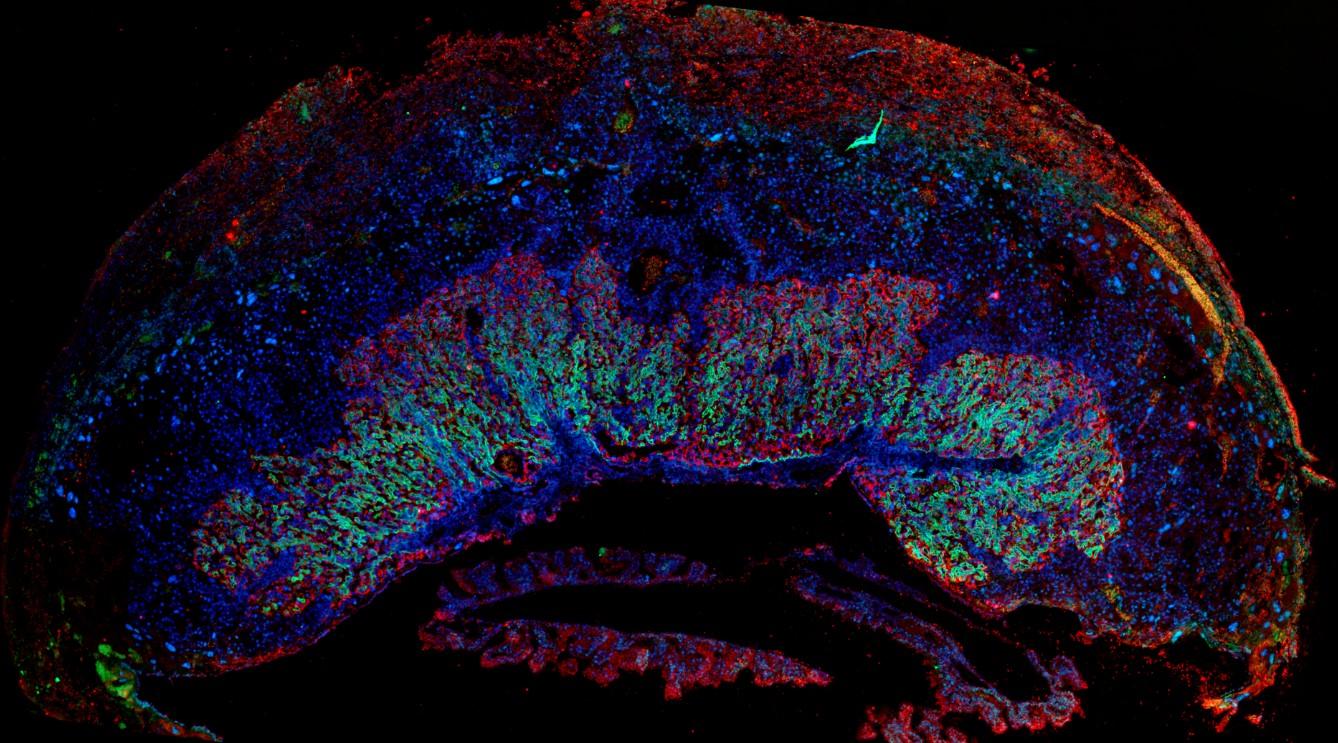
Submitted by Emily Rigby on Tue, 24/01/2023 - 13:41
DNA methylation is a repressive epigenetic modification that is essential for development, exemplified by the embryonic and perinatal lethality observed in mice lacking de novo DNA methyltransferases (DNMTs). A new paper characterises the role for DNMT3A, 3B and 3L in gene regulation and development of the mouse placenta. The authors, including Dr Courtney Hanna, find that each DNMT establishes unique aspects of the placental methylome through targeting to distinct chromatin features. Loss of Dnmt3b results in de-repression of germline genes in trophoblast lineages and impaired formation of the maternal-foetal interface in the placental labyrinth. Using Sox2-Cre to delete Dnmt3b in the embryo, leaving expression intact in placental cells, the placental phenotype was rescued and, consequently, the embryonic lethality, as Dnmt3b null embryos could now survive to birth. The conclusion is that de novo DNA methylation by DNMT3B during embryogenesis is principally required to regulate placental development and function, which in turn is critical for embryo survival.

